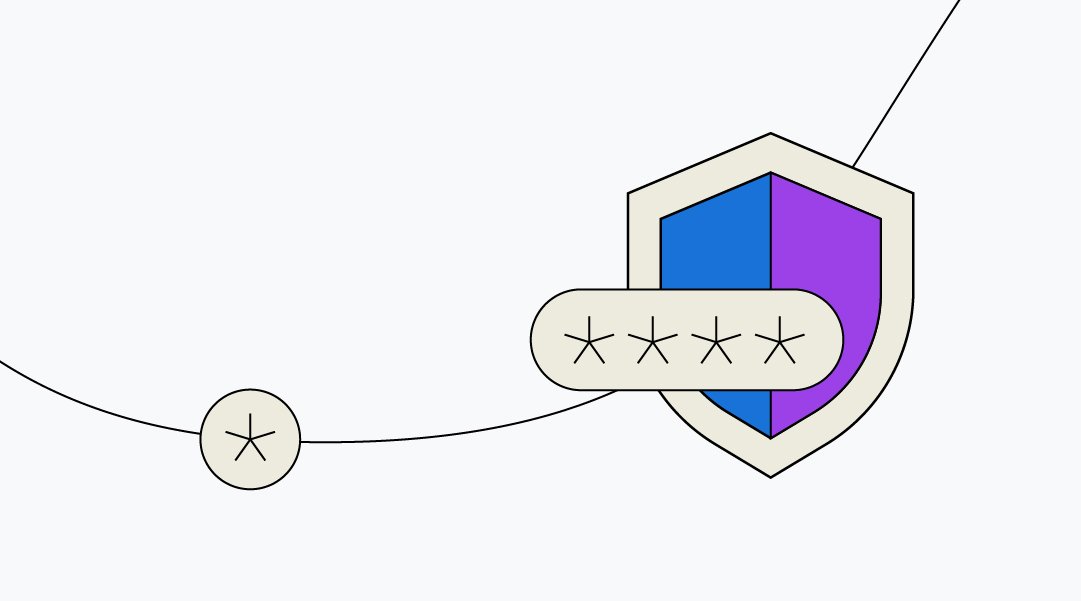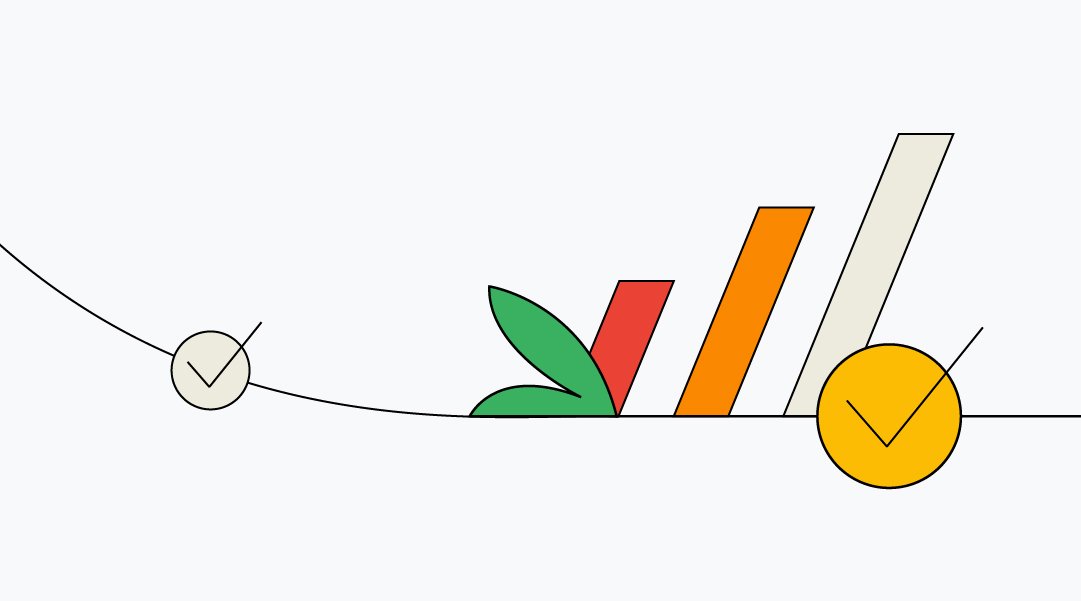
As LGBTQIA+ Pride Month comes to a close, we will see rainbows leaving shopfronts and social media logos. The need for thoughtful inclusion, however, persists: developers have the opportunity to embrace Pride 365 days of the year by building LGBTQIA+ inclusive products, thinking about how testing and design choices affect others every day.
Ultimately, making your site, app, game, or software system more inclusive for LGBTQIA+ people can improve the user experience for everyone. Therefore, we’re showcasing 10 ways developers can build LGBTQIA+ inclusive products.
While this is a non-exhaustive list, below are some core principles to consider as you build for everyone.

1. Use gender-inclusive and non-binary language
Language plays a significant role in creating an inclusive environment. Avoid assumptions about gender and strive to use gender-neutral language whenever possible. Instead of using gendered terms like "he" or "she," opt for gender-neutral alternatives like "they" or "their." Provide options for users to specify their pronouns or use gender-neutral terms like "user" or "person" in your interface. At the same time, don’t make pronoun selection mandatory to access any essential content, as not everyone will feel comfortable sharing. In addition, consider not requesting and/or tracking gendered selections unless it’s absolutely necessary.
2. Beware of gendered terms
As an example, use “parents” rather than a singular “mother” or “father” as a way to incorporate gender-neutral language into your product. By adopting gender-inclusive language, you create a more welcoming experience for all users, regardless of their sexuality and gender identity.
3. Understand pronouns and gender identity selection
If asking users to select their gender, really understand what you are hoping to optimize. Is it understanding audience division? Is it specifically catered to garner insights from non-cisgender folks? If so, make sure your options reflect that.
A general example might include the question and answers,
If you are differentiating between cis and non-cis folks, make sure that there is a reason or objective behind it. For example, it might make sense to specify on a health survey, but not on an event like a summit registration. Additionally, don't assume pronouns based on gender identity, or if you are doing this, ensure the request and reasoning are transparent.
When designing and developing your product, steer clear of reinforcing stereotypes or making assumptions about LGBTQIA+ individuals. Avoid using clichéd or offensive imagery that may perpetuate dominant ideas and perspectives of the community. Instead, focus on representing diverse identities and experiences authentically. Real people deserve to see themselves accurately reflected in your work. In turn, it makes your product more accessible, useful, and realistic.

Creating a safe and secure environment is essential for all users, especially for LGBTQIA+ individuals who may face unique risks and privacy concerns. Allow users to control their privacy settings and provide options to hide personal information that might disclose their sexual orientation or gender identity. Collecting data on LGBTQIA+ status can be dangerous to people living in certain countries. Implement robust reporting and moderation features to address harassment, hate speech, or any form of discrimination within your product. By prioritizing privacy and safety, you demonstrate your commitment to protecting the well-being of your LGBTQIA+ users.
Many platforms require users to provide personal information during the account setup process. However, this can be a sensitive area for LGBTQIA+ individuals who may not feel comfortable disclosing their gender identity or sexual orientation. Consider providing optional fields or allowing users to skip certain questions that are not necessary for the core functionality of your product. In addition, not requiring users to publicly share information provides a more inclusive user experience.
Consider ways to make it easily accessible and frictionless for people to update their user and profile names. If additional documentation is required (banking, credit bureaus, health), be clear about the steps to make this change. Ideally, this process could be done without a user having to contact support as this can feel extremely vulnerable.

To build inclusive products, it's crucial to have a deep understanding of the LGBTQIA+ community and the challenges they face as well as one’s own dynamics around gender identity and sexuality. Take the time to educate yourself about gender and sexual diversity, LGBTQIA+ terminology, and relevant social issues. Engage with LGBTQIA+ communities, attend workshops or conferences, and read reputable sources to broaden your knowledge. By familiarizing yourself with these topics, you'll be better equipped to create products that reflect and respect the diverse experiences of LGBTQIA+ individuals.
By conducting user research and with LGBTQIA+ individuals, developers can gain deep insights into their unique needs, preferences, and challenges. This approach enables the creation of products that are truly inclusive and tailored to the diverse experiences of the LGBTQIA+ community.Remember to think about intersectionality when considering what users you are attempting to reach within the community. Other identity factors such as race, nationality, disability, familiar status and class interpose with gender and sexuality to craft unique and multi-faceted experiences. No matter who your targeted user is, these additional identities affect their experience. After collecting LGBTQIA+ perspectives, continue to incorporate them in future testing phases.
Inclusion is an ongoing process, and it's important to continuously evaluate and improve your product's inclusivity. Stay informed about evolving LGBTQIA+ terminology, issues, and advancements. Actively seek feedback from users and be open to suggestions for improvements. Regularly update your product to address any shortcomings and ensure that it remains inclusive as technologies and social contexts evolve.
3 stories of founders building apps for the LGBTQ+ community
Google’s Guide to Product Inclusion
Google's LGBTQ+ Inclusion
All-in LGBTQ+ Inclusivity Marketing Google Guidelines